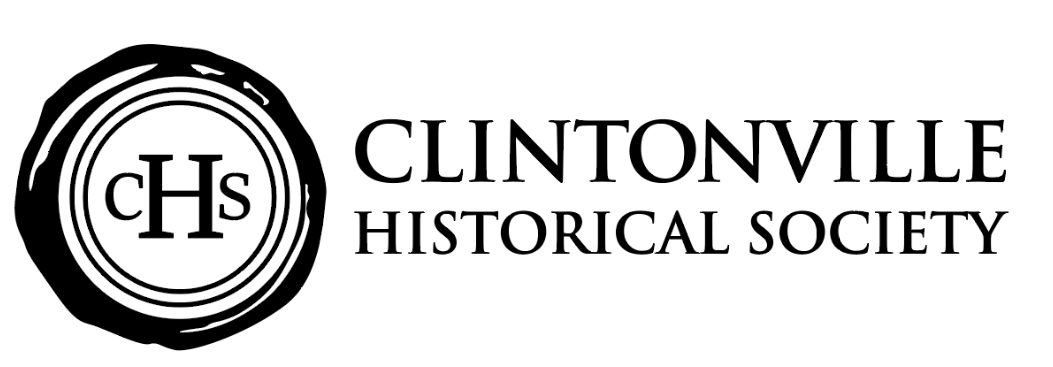Discover
A printable PDF of Clintonville Local Historical Markers - CLICK HERE
A printable PDF of Clintonville-Glenmont School - CLICK HERE
A printable PDF of Clintonville Area-The Early Years - CLICK HERE
A printable PDF of Clintonville A Historic Neighborhood - CLICK HERE
A printable PDF of CHS Newsletter December 2025 - CLICK HERE
Other Historical Marker Database
Public history cast in metal, carved on stone, or embedded in resin in Ohio CLICK HERE.
FACT
Clintonville,being a neighborhood within Columbus, Ohio, isn't a designated area with its own official square mileage. Neighborhood boundaries aren't as rigidly defined as cities or counties.
350
DIFFERENT WALKING TRAILS
1,000
MAINTAINED
1132
FEET ABOVE SEA LEVEL
MORE
The Park of Roses
The Park of Roses in Columbus, Ohio has a history blooming with community effort. Here's a quick timeline:
1940s: The land was part of a horse farm and then used for victory gardens during World War II. In 1944, the city acquired it for park development.
Early 1950s: Ideas for a rose garden at city hall emerged, sparking a movement for a dedicated space.
1951: Local rose societies and city officials joined forces to create a committee for a municipal rose garden.
1952: City Council approved funding for the park's development.
June 1953: The Park of Roses officially opened to the public.
Later 1953: The American Rose Society even relocated its national headquarters near the park for a period, establishing test gardens for new rose varieties where the Heritage Rose Garden is today.
The park has continued to grow and evolve since then, becoming a cherished green space for Columbus residents and a popular tourist destination.
Whetstone Community Center
The Clintonville Whetstone Community Center's history is intertwined with the development of Whetstone Park itself.
Here's a quick timeline:
1940s: The land was first acquired by Columbus and used for Victory Gardens during World War II.
1949: The park was named "Whetstone" after the Olentangy River, a nod to the whetstones found there by European settlers.
1950s: Whetstone Park was officially dedicated, and the Columbus Rose Commission began planning the Park of Roses. The Clintonville Women's Club played a key role in acquiring land for the rose garden.
1956: The Whetstone Recreation Center, the building we know today, was constructed.
Since then, the Whetstone Community Center has become a central hub for the neighborhood, offering various programs and activities for all ages.
Clintonville Downtown Brief History
Clintonville's downtown area has a rich history intertwined with the growth of Clintonville itself. Here's a quick glimpse:
Early Beginnings (1800s): The land was originally part of Clinton Township, named after Vice President George Clinton. Clinton Chapel, built in 1823 (now a funeral home), served as a stop on the Underground Railroad. The area remained largely farmland until the late 1800s.
Streetcar Suburb (Early 1900s): With the extension of streetcar lines from Columbus, Clintonville became a desirable spot for summer homes, particularly for professors from Ohio State University. This spurred residential development and the establishment of a business district in what's known as downtown Clintonville today.
Thriving Entertainment Hub (Early-Mid 1900s): For a period, Clintonville boasted some unique attractions like Columbus' first zoo (opened and closed in 1905) and the massive Olentangy Park amusement park (operating from 1880 to 1939). The park even had a large theater and a world-record-sized swimming pool at the time.
